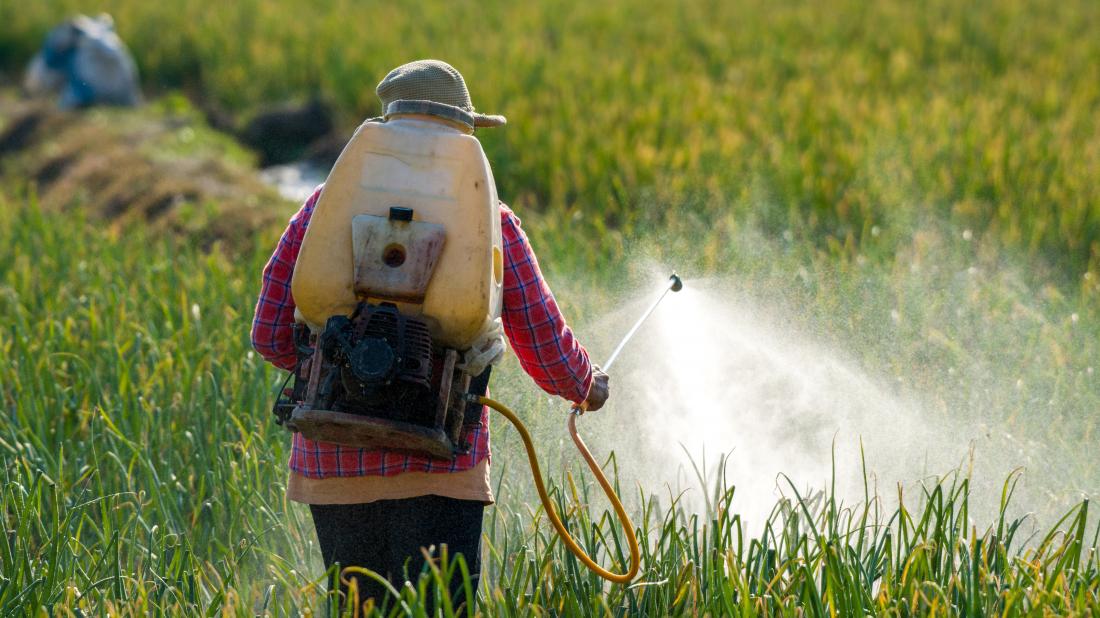



Article by: Hari Yellina (Orchard Tech)
Agriculture covers about 40% of arable land globally and is one of the leading causes of environmental degradation. Despite tremendous gains in agricultural production in the past several decades, hunger and malnutrition remain a challenge and demand for agricultural products continues to increase. Finding scalable ways to improve the sustainability of agricultural production is critical to supporting a growing population and mitigating damage to human and environmental health. As a result, organic agriculture is a commonly suggested approach to improving the sustainability of agricultural production.
Organic agriculture currently covers only ~1.5% of global agricultural land but is growing rapidly in extent and sales. The rapid increase in consumer demand for organics is driven by a variety of factors mostly related to nutrition, food and farmworker safety, and environmental concerns. The crux of the debate, from the environmental sustainability perspective, is whether the reduction in negative ecological and environmental impacts on-field compensates for the reduction in yields and increased yield variability that has been observed for most organically produced crops in actual field surveys. Though seemingly simple, addressing this question for even a subset of environmental outcomes is plagued by methodological challenges stemming from a lack of a valid comparison group.
Organic fields are unlikely to be randomly placed on the landscape, nor are organic farmers likely a random draw of the broader farming community. In other words, organic farms might grow a systematically different suite of crops on systematically better or worse soil, or be produced by farmers with systematically different environmental or health behaviours than their conventional neighbours. Moreover, pesticides applied to plants are harmful as they can lead to biomagnification. Biomagnification refers to the accumulation of toxic substance with increasing tropic level. Hence, the chemicals that get accumulated in the plants can be harmful to us. The high-risk groups exposed to pesticides include production workers, formulators, sprayers, mixers, loaders and agricultural farmworkers. During manufacture and formulation, the possibility of hazards may be higher because the processes involved are not risk-free. In industrial settings, workers are at increased risk since they handle various toxic chemicals including pesticides, raw materials, toxic solvents and inert carriers.